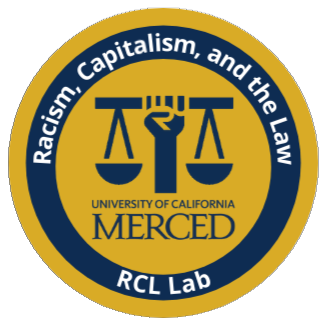Race and Racisms: A Critical Approach, Third Edition, engages students in significant—and timely—questions related to racial dynamics in the U.S. and around the world. Written in accessible, straightforward language, the book discusses and critically analyzes cutting-edge scholarship in the field. Organized into topics and concepts rather than discrete racial groups, the text addresses: * How and when the idea of race was created and developed* How structural racism has worked historically to reproduce inequality* How we have a society rampant with racial inequality though most people do not consider themselves to be racist* How race, class, and gender work together to create inequality and identities* How immigration policy in the United States has been racialized* How racial justice could be imagined and realized Centrally focused on racial dynamics, Race and Racisms, Third Edition, incorporates an intersectional perspective, discussing the intersections of racism, patriarchy, and capitalism.
- Home
- All
All
In W.E.B. Du Bois’ Souls of Black Folk, he argued that the problem of the 20th century in the United States was the problem of the color line. Given that de facto and explicit racial discrimination persist, anti-immigrant rhetoric is intensifying, and legal status has become more salient, we argue Du Boisian theory remains relevant for understanding social and political cleavages in the 21st century United States. The intersection of race, ethnicity, and legal status or “racialized legal status” represents a new variation of Du Bois’ “color line,” due to how these statuses generate cumulative disadvantages and exclusion for citizens and immigrants of color, particularly the undocumented. We begin with a review of Du Bois’ double consciousness theory, highlighting the marginalization of African Americans. Next, we apply double consciousness to the 21st century U.S. context to empirically demonstrate parallels between 20th century African Americans and the marginalization faced today by people of color. We close with a discussion about how double consciousness enhances our understanding of citizenship and has also generated agency for people of color fighting for socio-political inclusion in the contemporary United States.


